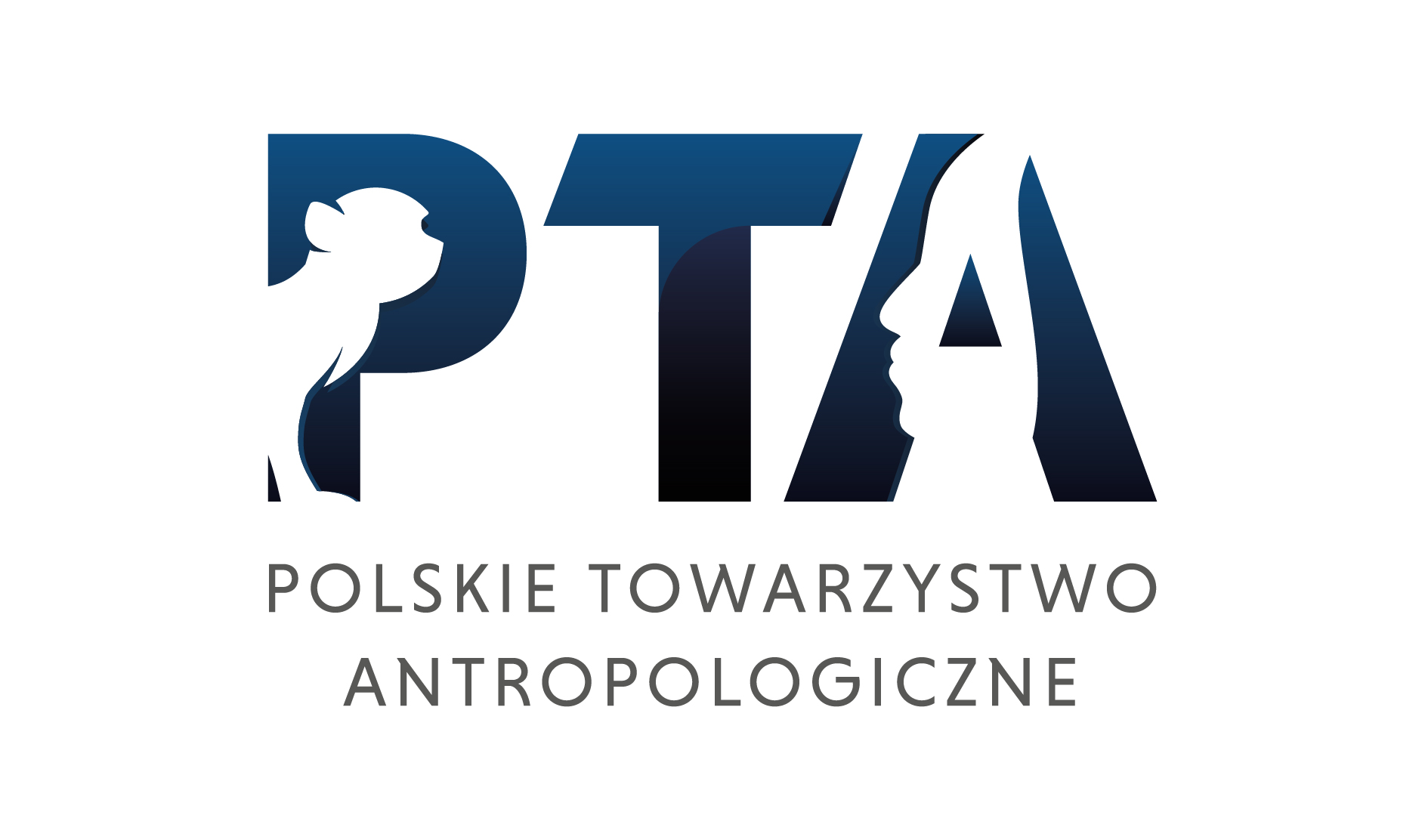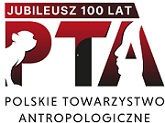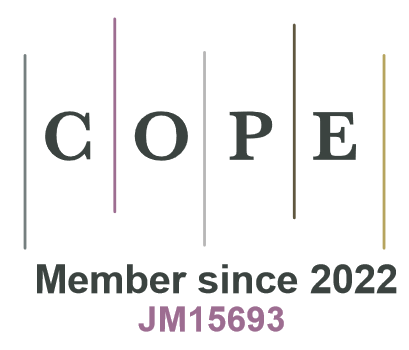Dental caries in earlier populations of Slaboszewo, Kołobrzeg and Chełmska Gora (XII–XVIII C)
DOI:
https://doi.org/10.18778/1898-6773.41.2.15Abstract
This work is aiming to present the problem of caries in earlier populations on ground of skeletal materials originating from cemeteries in Słaboszewo (XIV–XVII c.) Kołobrzeg (XIV–XVII c.) and Chełmska Góra (XII –XV c.). Material contains 234 skulls from Słaboszewo (101 males, 67 females, 33 children and 33 of undeterminable sex), 279 from Kołobrzeg (148 males, 112 females, 10 children and 9 of undeterminable sex) and 213 from Chełmska Góra (82 males, 54 females, 11 children and 66 of undetermined sex). The method applied in this study takes into account allalveolae either with healthy or carious teeth or for teeth lost before and after death. Observable places for unerupted teeth were also considered. On ground of collected data index of total caries intensity (%E+%C) has been computed. Separately is given information as to the frequency and intensity of caries in various groups from the territory of Poland in different centuries (fig. 2). Under the term „frequency” we understand proportion of individuals with carious teeth in a population. Term „intensity” is used here for percentage of teeth with caries in an individual or population when total number of examined teeth is 100%.
In the investigated material highest frequency of caries is found in the cemetery from Słaboszewo (83%), lower for Kołobrzeg (78%) and Chełmska Góra (67%) — tab. 1 and tab. 2. Intensity of caries is higher in Kołobrzeg series (40%) than in Słaboszewo (29%/o), lower value is obtained for Chełmska Góra (14%) — tab. 3. Frequency of caries is higher among males than among females in two series (Słaboszewo and Chełmska Góra) in the material from Kołobrzeg frequency for females exceeds this for males (tab. 2). Higher intensity of caries is characteristic for males from Słaboszewo and females from Kołobrzeg and Chetmska Góra (tab 3).
Observing mandibular and maxillary teeth separately it has been found that caries is more intense in mandibular dental arch among people from Słaboszewo and Chełmska Góra; in Kołobrzeg more carious teeth are present in maxilla. In a table 5a, b, c are given values describing intensity of caries in each tooth of mandible and maxilla separately.
Degree of pathological changes is described by division into three categories: superficial, intermediate and profound carious cavity. These data together with an information on the ante mortem teeth loss enabled authors to suppose that in populations of Słaboszewo and Kołobrzeg caries had acute character, in the series from Chełmska Góra probably chronic type of this pathological process prevailed (tab. 6). Moreover number of teeth with open pulp cavities and fistules caused by processes resulting most probably from carious changes with respect to their localization were counted (tab. 7). Greater number of carious teeth is found in mandibles of individuals from Słaboszewo and Chełmska Góra (52% and 62% respectively) in skulls from Kołobrzeg upper dental arch was more intensely affected (61%) — tab 8. Dealing with the occurence of caries on various surfaces of tooth the authors have shown that most frequently chewing and contact surfaces were decayed in all examined series (fig. 1).
Frequency and intensity of caries for 54 skulls of children (inf I+inf II) from three cemeteries are shown in table 9.
Downloads
References
Badzian-Kobos K. Bielas I, Czas. Stom., 1958, 10, 637–650.
View in Google Scholar
Brothwell D. R. Dental Anthropology, 1963.
View in Google Scholar
Brothwe 11 D. R., The Journal of the Royal Anthropological Institute of Great Britain and Ireland, 1961, 91, 2.
View in Google Scholar
DOI: https://doi.org/10.2307/2844418
Godycki M, Zarys antropometrii, Warszawa 1956.
View in Google Scholar
Howorka E., Przegl. Antrop., 1936, 10, 53–64.
View in Google Scholar
DOI: https://doi.org/10.2307/40028232
Janocha H. Zapiski Koszalińskie, 1963, 5, 35–41.
View in Google Scholar
DOI: https://doi.org/10.1021/cen-v041n015.p035
Jańczuk Z. Zarys kliniczny stomatologii zachowawczej, Warszawa 1972.
View in Google Scholar
Kapica Z., Łucza k B., Rocznik Muzeum Górnośląskiego w Bytomiu, Archeologia, 1971, 8, 97–105.
View in Google Scholar
Kozaczek T., Miszkiewicz B. Czas. Stom., 1969, 12, 1199–1204.
View in Google Scholar
Kozaczek T, Miszkiewicz B., Mat. i Prace Antrop., 1970, 79, 199–208.
View in Google Scholar
Kozubkiewicz Z, Litwinienko-Murzynowska J, Trachtenberg B. Postępy Stomatologii, 1957, 3, 46–56.
View in Google Scholar
Kozubkiewicz Z. Trachtenberg B. Czas. Stom., 1960, 1, 29–40.
View in Google Scholar
Loth E., Człowiek przeszłości, Warszawa 1953.
View in Google Scholar
Malinowski A, Wypych B. Przegl. Antrop., 1966, 32, 209–217.
View in Google Scholar
DOI: https://doi.org/10.1007/BF00512119
Malinowski A, Lewandowski L. Piontek J. Rozwój i dorobek antropologii polskiej w 25-leciu PRL. Materiały z sesji naukowej 14–15. IV. 1969 r. Poznań, 1971, 155–164.
View in Google Scholar
Malinowski A, Lewandowski L. Piontek J. Przegl. Antrop., 1969, 35, 211–223.
View in Google Scholar
Obersztyn A. Próchnica zębów, Warszawa 1973.
View in Google Scholar
Piontek TJ, Wstępne wyniki badań antropologicznych cmentarzyska średniowiecznego w Słaboszewie pow, Mogilno, (maszynopis).
View in Google Scholar
Plewińska A. Rocznik Muzeum w Częstochowie, 1965, 1, 319–324.
View in Google Scholar
Port-Euler I, Lehrbuch der Zahnheilkunde, Monachium, 1951.
View in Google Scholar
DOI: https://doi.org/10.1007/978-3-642-93728-6
Stęślicka W. Wszechświat, 1965, 7–8, 201–202.
View in Google Scholar
Szlachetko K., Wiad. Archeol., 1964, 30, 334–335.
View in Google Scholar
DOI: https://doi.org/10.1007/BF02046745
Szlachetko K. Archeol. Pol, 1966, 11, 355–362.
View in Google Scholar
DOI: https://doi.org/10.1037/007960
Szlachetko K. Wiad. Archeol., 1965, 31, 170–173.
View in Google Scholar
Tukatto K., Kosicki W. Kozierowski M. Krawczyński W. Chir. Narz. Ruchu i Ortop. Pol, 1974, 1, 73–79.
View in Google Scholar
Wokroj F. Mat. Zachodniopom. 1971, 17, 313–327.
View in Google Scholar
DOI: https://doi.org/10.1016/0043-1648(71)90034-2
Wokroj F. Zapiski Koszalińskie, 1961, 7, 3–22.
View in Google Scholar
Ziółkiewicz T., Z Otchłani Wieków, 1953, 2. 47–49.
View in Google Scholar
DOI: https://doi.org/10.2307/4343508
Ziółkiewicz T. Czas. Stom., 1957, 1, 11–23.
View in Google Scholar
Downloads
Published
How to Cite
Issue
Section
License

This work is licensed under a Creative Commons Attribution-NonCommercial-NoDerivatives 4.0 International License.








